Underground hot rocks are emerging as a source of firm, low-carbon power for data centers, with new techniques expanding viable locations. Compared with nuclear, geothermal may be better positioned to support planned data center growth.
filters
Explore All Topics
The 15th edition of the Uptime Institute Global Data Center Survey highlights the experiences and strategies of data center owners and operators in the areas of resiliency, sustainability, efficiency, staffing, cloud and AI. The attached data files…
While AI infrastructure build-out may focus on performance today, over time data center operators will need to address efficiency and sustainability concerns.
Critics argue that data center water use is excessive and poorly managed. Operators should select a cooling system to fit the local climate and available water supply, explaining water use within the context of local conditions.
High-end AI systems receive the bulk of the industry’s attention, but organizations looking for the best training infrastructure implementation have choices. Getting it right, however, may take a concerted effort.
Compared with most traditional data centers, those hosting large AI training workloads require increased attention to dynamic thermal management, including capabilities to handle sudden and substantial load variations effectively.
Understanding the principles of human behavior and how they relate to community engagement and siting strategies can reduce potential conflict between data centers and local residents
Large data centers can affect grid power quality, inviting community scrutiny. Best practices already protect power quality in facilities and grids, but operators may need to increase monitoring and publicize their efforts.
Operators and investors are planning to spend hundreds of billions of dollars on supersized sites and vast supporting infrastructures. However, increasing constraints and uncertainties will limit the scale of these build outs.
Data centers are being included in national development plans as a source of economic growth. While this will ease operators’ access to land and power, it will also lead to more scrutiny from government and regulation.
As AI supercharges the growth in data center energy demands, new developments are likely to be increasingly politicized. Central governments may support their expansion, but opposition from local authorities and environmentalists will grow.
Supersized generative AI models are placing onerous demands on both IT and facilities infrastructure. The challenge for next-generation AI infrastructure will be power, forcing operators to explore new electrification architectures.
The number of proposals for new hyperscale-size data centers have reached new heights in 2024. Those that are built will require huge investment and resources — but many proposals will fail to move forward.
Historically, data center waste heat recovery has been promoted with a focus on the benefits for the heat off-taker. And yet, the overall winner in most situations is the data center operator — even if they are not paid for heat.
The UK has become the latest nation to classify data centers as part of the critical national infrastructure. But for data center operators, is this a welcome move?
 Peter Judge
Peter Judge
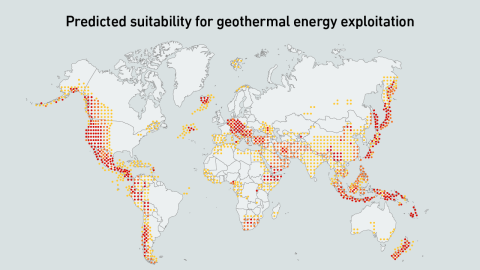
 Paul Carton
Paul Carton
 Anthony Sbarra
Anthony Sbarra
 Laurie Williams
Laurie Williams
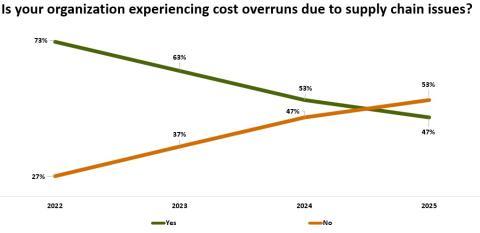
 Tomas Rahkonen
Tomas Rahkonen
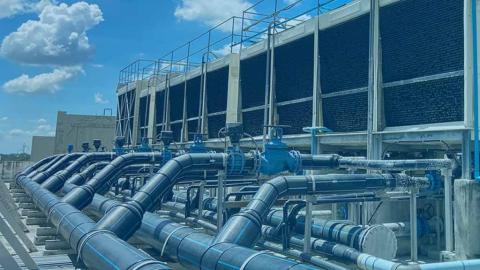
 Jay Dietrich
Jay Dietrich
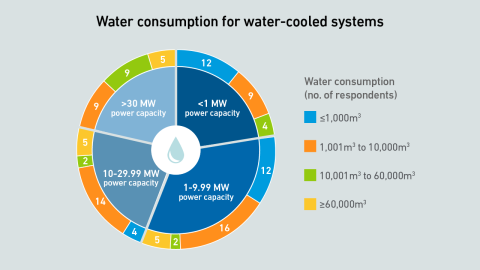
 Daniel Bizo
Daniel Bizo
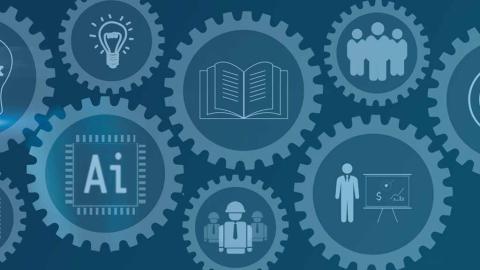
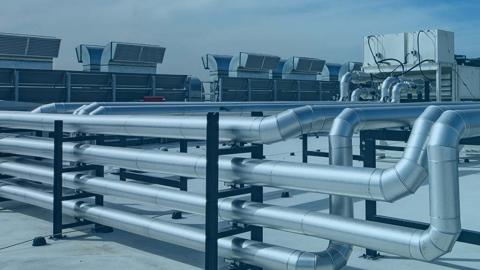
 Rose Weinschenk
Rose Weinschenk
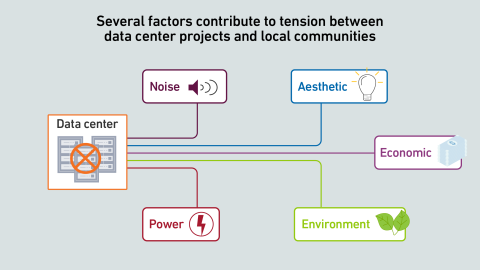
 Jacqueline Davis
Jacqueline Davis
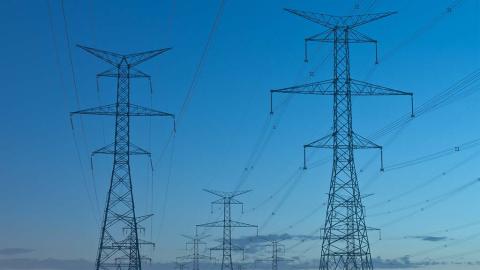
 John O'Brien
John O'Brien
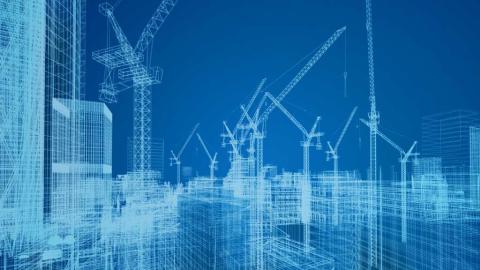
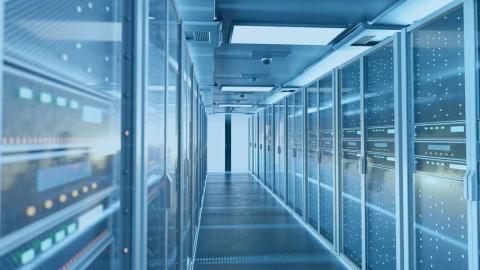
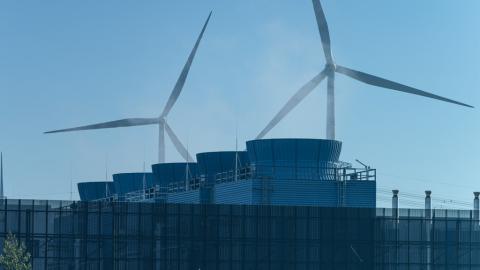


 Max Smolaks
Max Smolaks

